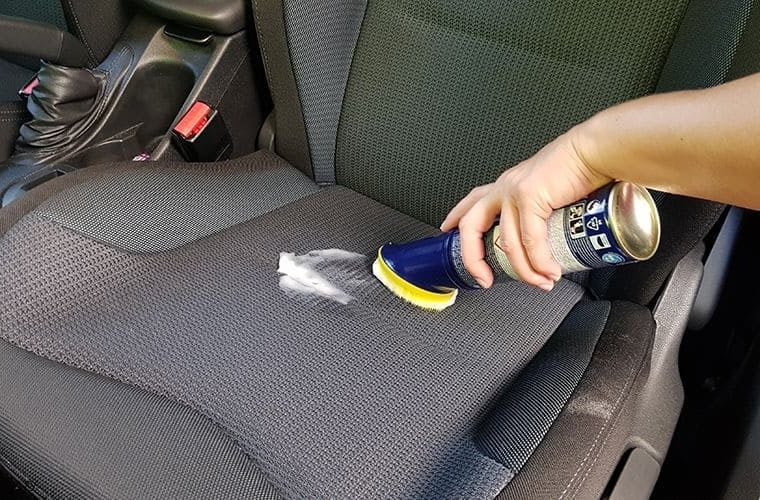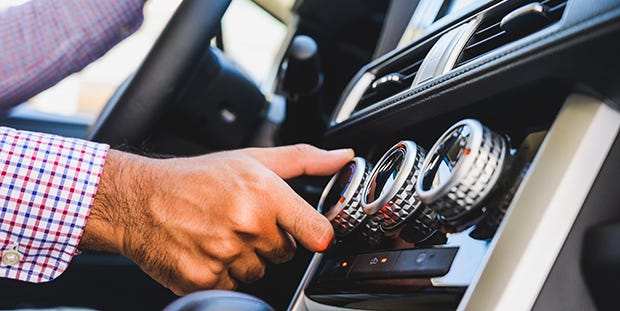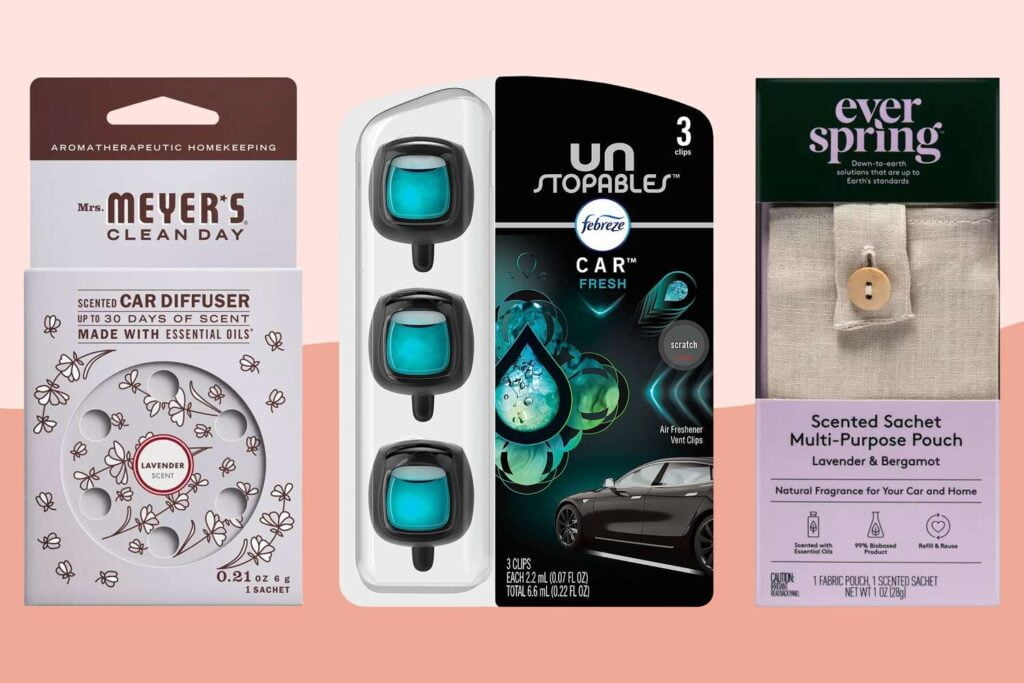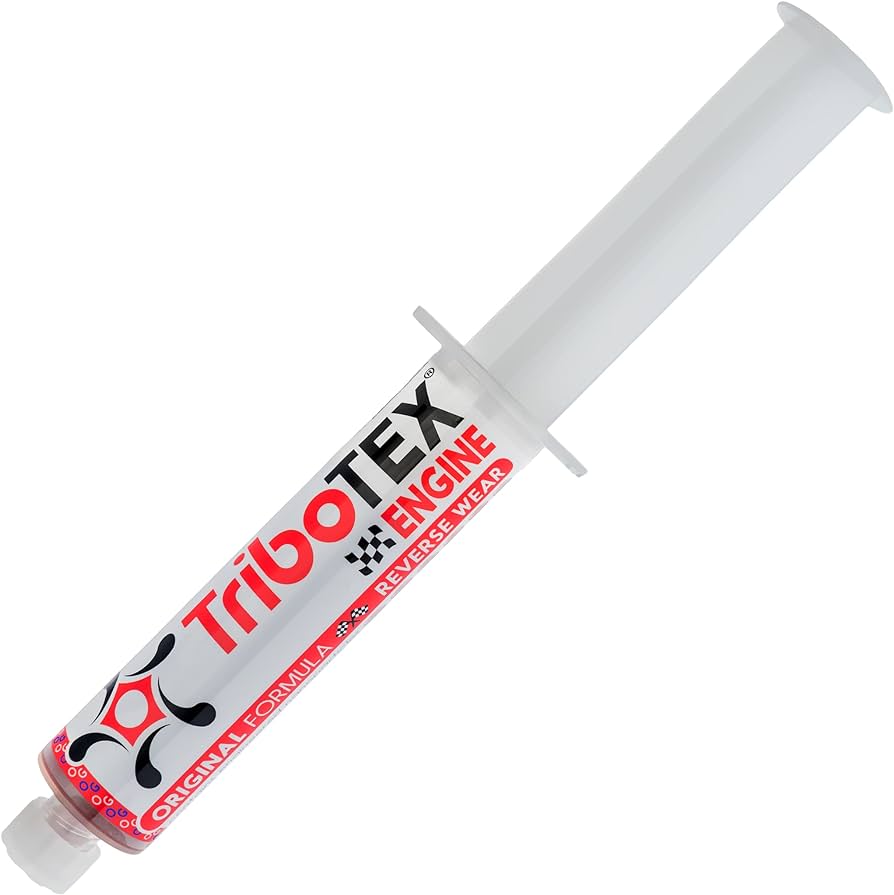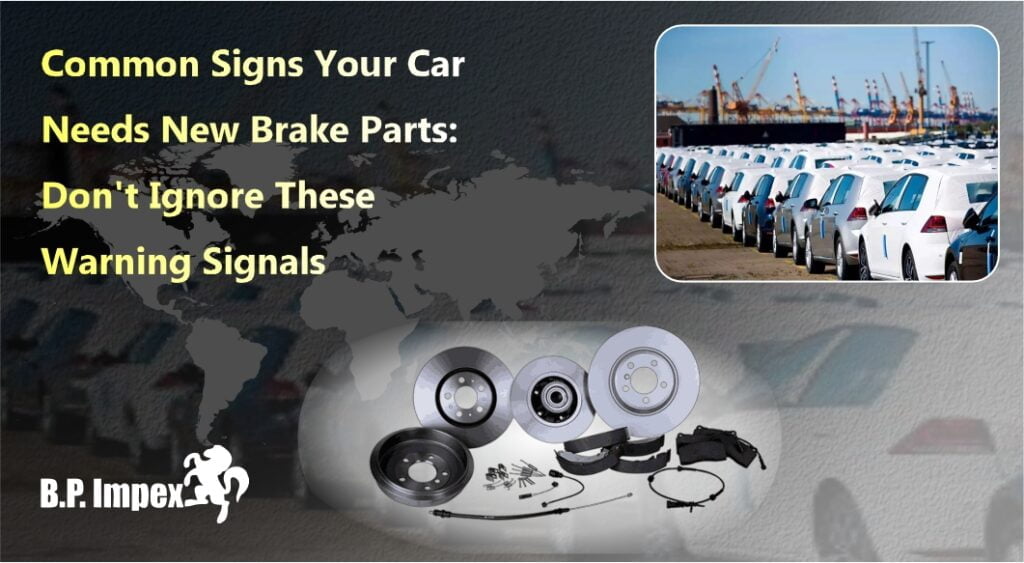How to Clean Safety First Car Seat: Ultimate Guide to Keeping Your Child’s Seat Spotless
To clean a Safety First car seat, start by removing the seat pad, which can be easily snapped off without removing the harness. The seat pad is machine washable and dryer safe. You can also use soapy water and a clean sponge or towel to spot clean the seat, rinsing with clean water and allowing it to air dry completely. Avoid using bleach or detergent with bleach to prevent fabric damage. Additionally, the dual cup holders on the car seat can be easily removed and cleaned in the dishwasher. Remember to always follow the manufacturer’s instructions for cleaning your specific car seat model. Removing The Seat Cover To clean a Safety First car seat, start by removing the seat cover. It is machine washable and dryer safe, making cleaning easy and convenient. Additionally, the dual cup holders are removable and dishwasher safe for added convenience. Removing The Seat Cover Without Removing The Harness Keeping your child’s car seat clean and fresh is essential for their safety and comfort. When it comes to cleaning the Safety First car seat, removing the seat cover without removing the harness is a convenient and time-saving option. Follow these steps to easily remove the seat cover: Locate the attachment points of the seat cover. Release the hooks or clips securing the seat cover. Gently pull the seat cover away from the car seat, ensuring not to damage the harness or other parts of the seat. If necessary, refer to the seat manual for specific instructions. Machine Washing The Seat Cover Machine washing the seat cover is a simple and effective method to remove dirt, stains, and odors. Before proceeding, check the care instructions provided by the manufacturer to ensure that machine washing is suitable for your specific model. Here’s how to machine wash the seat cover: Detach any removable parts such as cup holders or snack trays from the seat cover. Place the seat cover in a mesh laundry bag to protect it during the wash cycle. Set the washing machine to a gentle cycle and use cold or lukewarm water. Avoid using bleach or detergents with bleach, as they can damage the fabric. Add a mild detergent specifically designed for baby items. Start the machine and let it complete the wash cycle. Choosing The Right Detergent For Cleaning The Seat Cover When it comes to choosing the right detergent for cleaning the seat cover, it’s important to select a mild and baby-safe option. Here are some tips to keep in mind: Look for detergents that are specially formulated for baby items, as they are designed to be gentle and hypoallergenic. Avoid using detergents with bleach or harsh chemicals, as they can damage the fabric and compromise the safety of the seat cover. Read the product labels and choose a detergent that is free from dyes, fragrances, and additives that may irritate your child’s skin. Consider using a detergent that is specifically designed to remove tough stains and odors from baby items. By following these guidelines, you can ensure that your Safety First car seat remains clean, fresh, and safe for your little one. Regularly cleaning the seat cover not only maintains hygiene but also extends the lifespan of the car seat. Remember to always refer to the seat manual for specific cleaning instructions and recommendations to ensure the proper care of your car seat. Cleaning The Harness When it comes to cleaning the harness of your Safety First car seat, it’s important to follow these steps. First, remove the seat pad and machine wash it without removing the harness. Use a mild detergent and skip using bleach. Air dry the seat pad completely before putting it back on the car seat. Understanding The Importance Of Cleaning The Harness Keeping your child’s car seat clean and properly maintained is essential for their safety and comfort. One area that often gets overlooked is the harness, which plays a crucial role in securing your child in the seat. Cleaning the harness not only removes dirt and grime but also ensures that it functions properly. A dirty and sticky harness can impede its ability to tighten and secure your little one, putting them at risk in case of an accident. Therefore, it is vital to understand the importance of cleaning the harness regularly. Using A Mild Soap Solution To Clean The Harness Straps When it’s time to clean the harness, using a mild soap solution is the best approach. Start by removing the car seat from your vehicle and taking off the harness straps. Mix a small amount of mild soap with warm water in a bucket. Gently dip a clean sponge or towel into the solution, making sure not to soak it. Thoroughly clean the harness straps by wiping them down with the soapy solution, paying extra attention to any areas with visible stains or spills. Afterward, rinse the straps with clean water to remove any soap residue. Drying The Harness Properly To Avoid Mold Or Mildew Growth Once the harness straps are clean, it’s crucial to dry them properly to prevent mold or mildew growth. Hang each strap individually in a well-ventilated area, away from direct sunlight. Avoid using a dryer, as the heat can damage the straps or cause them to shrink. Check the straps periodically to ensure they are completely dry before reattaching them to the car seat. By drying the harness straps thoroughly, you can ensure that your child’s car seat remains hygienic and safe. Cleaning The Seat Frame Keeping your child’s car seat clean is not only essential for their hygiene but also for their safety. The seat frame, in particular, can accumulate crumbs and dirt over time. Regularly cleaning the seat frame will help maintain its condition, preventing rust or damage. Here are some simple steps to clean the seat frame of your Safety First car seat. Removing Crumbs And Dirt From The Seat Frame Begin by removing the car seat from your vehicle and placing it on a clean
How to Clean Safety First Car Seat: Ultimate Guide to Keeping Your Child’s Seat Spotless Read More »

